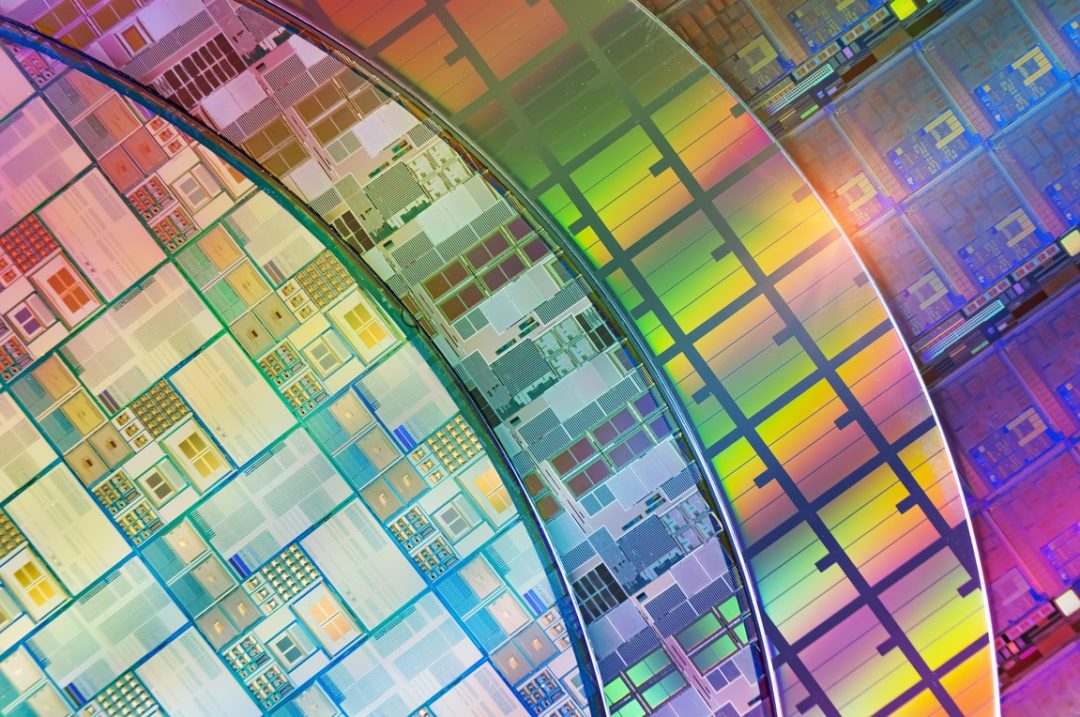
Technology today must be developed in less time and with fewer people — even as companies strive to be first to market. At the same time, components that were once considered simple are now complex integrated modules with 1,500 different nodes to simulate and test. So what’s driving the growth of product complexity across numerous industries? Following are some major trends in the industry.
Global digitization. All products are either going digital or have already done so. Twenty years ago, the estimated global data storage was just over 50 exabytes. Today, it has increased to 7,000 exabytes. The world is generating more than 1,000 petabytes of data — that’s 1 million terabytes, or 1 billion gigabytes — per day. (For illustration, if 1 gigabyte was the size of the earth, 1 exabyte is the size of the sun.) Advanced devices and organizational models provide more business and personal value, as big data and new insights improve outcomes across a wide range of use cases. Five years ago, McKinsey estimated that only 40% of businesses were digitized. Today, 65% of businesses have embraced digitization. We’re moving massive amounts of data across networks, creating the need for higher throughput with less latency, in tandem with the growing adoption of cloud technologies.
Computing. Because phone and computer apps require massive data centers to process the immense amount of information being exchanged around the globe, distributed processing is changing the way applications work. As customized chips and computer engines process more data at faster rates, the use cases and value of artificial intelligence and machine learning to digest all this data are also increasing.
Semiconductor demand. New demands are popping up everywhere because new technologies, such as silicon photonics, millimeter-wave (mmWave) and high-power devices, have led to new semiconductor manufacturing facilities, or fabs, being planned around the world. The goal is to build enough capacity to develop emerging technologies while addressing the computer chip shortage that occurred during the COVID-19 pandemic. With computer chip supply chain issues expected to last until 2024, manufacturers will continue to be burdened with supply chain risks.
According to IHS Markit, roughly four in five global semiconductor fabs are located in Taiwan, Korea, Japan and China. In the U.S., lawmakers and manufacturers are starting to focus on re-shoring semiconductor technology manufacturing back to the Americas, as confirmed by the recent passage of the bi-partisan CHIPS and Science Act. Intel is opening a new fab in Ohio. Meanwhile, Qualcomm and Micron are planning investments into additional domestic manufacturing efforts.
Most fabs have historically operated at about 80% utilization, but recent supply chain disruptions have made supplier pipelines and deliveries less predictable. To ensure greater manufacturing and supply chain flexibility, organizations should prioritize partnerships with semiconductor producers, giving them access to technologies they lack in-house. They could also invest in developing their own custom design and fab capabilities.
Accelerating innovation. Engineering breakthroughs also play a critical role in testing and measurement processes. Custom-designed semiconductors create new measurement systems to test use cases that require greater spectrum and bandwidth.
Additionally, building custom chip-sets can alleviate supply chain problems. Early in the COVID-19 pandemic, some supplier lead times grew to 50 weeks or more. However, companies that used their own semiconductor technology had an easier time managing product flows and protecting shipments from external gridlock.
Staying ahead of today's technology and supply chain challenges requires strong, collaborative partnerships within the right ecosystem, enabling the advancement of custom semiconductors that will help to create a more innovative and sustainable future.
Ee Huei Sin is president of the Electronic Industrial Solutions Group at Keysight Technologies.







